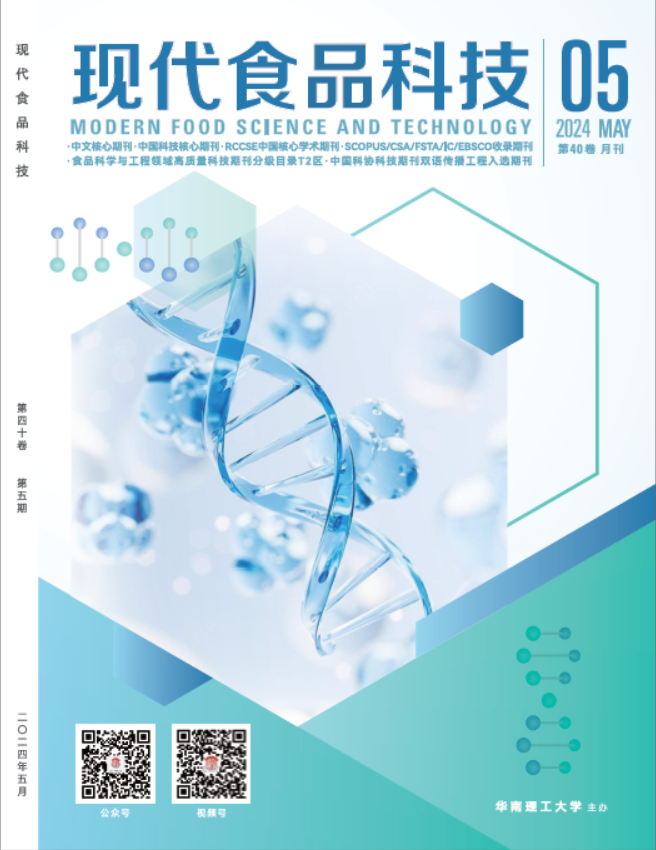Abstract:
In order to establish prediction model for identifying the different regions of Pu-erh tea origin, it is demanded to determine the geographical origin of tea. Contents of fourteen trace elements (Mn, Fe, Li, Be, Ti, Co, Ni, Mo, Cu, Zn, Pb, Cr, Cd, As, Se), and sixteen rare earth elements (La, Ce, Pr, Sm, Eu, Gd, Tb, Dy, Ho, Er, Tm, Yb, Lu, Nd、Sc, Y) in tea and soil samples from three major producing Pu-erh tea regions including Xi-shuangbanna, Pu-er and Lincan City, were analyzed by inductively coupled plasma mass spectrometry (ICP-MS). The multivariate statistical methods such as variation analysis, correlation analysis, principle component analysis (PCA) and discriminant analysis were used for data analysis. The research showed that the mineral element fingerprints had distinct geographical features. The method of PCA could be used to classify the geographical origin of tea from different origins but with a cross in the scatter plot. Furthermore, five key variables (La、Ce、Pr、Sm and Se) were identified by stepwise discriminant analysis to develop the discriminant models by which 94.6% correct classification and 89.3% cross validation were achieved. The trace elements and rare earth elements of Pu-erh tea are affected by soil, which can form their own fingerprint characteristics in their habitats and regions and can be used to identify the origin of Pu-erh tea.

